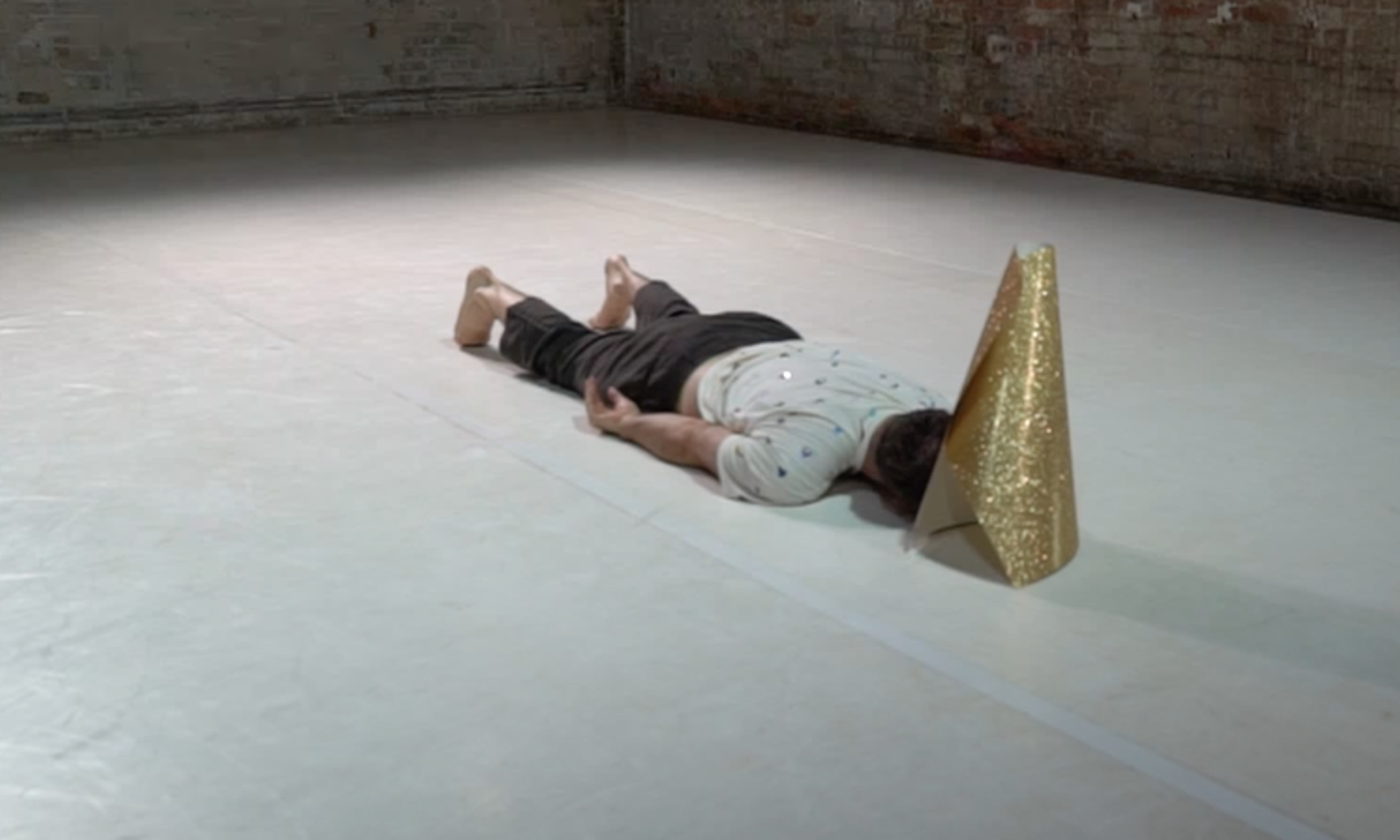
See what is coming
To try to repeat an experience is mechanical sadhana, not spiritual. You have to keep the experience in your pocket, as it were, and then see what is coming today. You should not call back yesterday’s experience. That experience has become finite, because it is recognized. Keeping that recognition in your pocket, see what is coming in today’s practice. If you work like that, your practice is spiritual sadhana. But if you want to repeat today the experience of what was new yesterday, it is repetition; it is not sadhana – it cannot be spiritual. – B.K.S. Iyengar
Was Wiesel a yogi?
Ultimately, the only power to which man should aspire is that which he exercises over himself. -Elie Wiesel, writer, Nobel laureate (b. 1928)
Surrender
When, through your practice of Ensemble Thinking, Viewpoints, Action Theater, and Contact Improvisation, you have reached a higher state of intelligence, and that mature intelligence makes you lose the identity of the self, you become one with the performance because you surrender yourself to improvisation.
When, through your practice, you have reached a higher state of intelligence, and that mature intelligence makes you lose the identity of the self, you become one with God because you surrender yourself to Him. This is Isvara-pranidhana, surrender of one’s actions and one’s will to God. – pg 53, Tree of Yoga by BKS Iyengar.
Yoga and Improvisation
Below are quotes from the book Yoga and the Quest for the True Self by Stephen Cope. An interesting read. These quotes stood out for me as they connected to how I define and think about improvised performance. Maybe these thoughts will resonate with you, too.
Pg 12 – After a period of intentional disorganization, the self emerges reorganized
Pg 40 – …for I am an immovable cause that moves all things
Pg 42 – We are already inherently perfect
Pg 53 – The dance that results if the interplay of energy and consciousness or what yogis call lila – the divine play
Pg 62 – Unlike your Christian religion, for example, we don’t believe that the problem is sin, or guilt, or wrongdoing. It’s simply misidentification.
Pg 71 – the text book of immediate experience
Pg 72 – the renunciation of extrinsic sources of satisfaction
Pg 93 – It became alarmingly clear, for may of us, just how much the unconscious sense that “something is wrong” drives our behavior.
Pg 105 – The preoccupying question is no longer, ”What is wrong with this moment?” or “How do I change this reality so that it conforms with my ideals?” but, rather, “What is the nature of this moment-precisely? How can I examine it more deeply?”
Pg 122 – a nonreactive, nonjudgmental, quality of acceptance…the twin pillars of clear seeing and calm abiding
Pg123 – The mind then becomes an instrument for penetrating into the essence of things, for taking possession of, or assimilating, the real…an instrument of knowing that is nonreactive
Pg 135 – the preliminary practices of yoga are almost all about building the calmly abiding self
Pg 156 – The eyes with which we are seen become the eyes through which we see ourselves.
Pg 178 – “choiceless awareness”
Part 4 – The Spontaneous Wisdom of the Body
Pg 209 – yoga – the practice of being present for experience.
Pg 210 – breathe, relax, feel, watch, allow
Pg 214 – As we become absorbed in the witness, we’re free both to participate in and to stand apart from our experience.
Pg 215 – we must allow the process to happen without necessarily understanding it.
Pg 216 – to notice without judgement
Pg 216 – We can learn to live on the magnificient edge where anything can happen
Pg 228 – three important ways – developing the instruments of proprioception (body awareness), restoring conscious control, to the most refined centers of the brain, and penetrating the deep internal body.
Pg 250 – the mental and physical flexibility to track and adapt to the changing demands and input of the environment on a moment-by-moment basis.
Pg 252 – that yogis experiencing dhyana was primarily attentive to, and occasionally absorbed in, the pure perceptual features of the object of their attention
Pg 255 – “The image of a posture arises spontaneously on the mind. You wonder if it might happen. Sometimes it does, following you thoughts; and sometimes it doesn’t. It is completely beyond your volition.”
Pg 262 – When we have these ideas in our heads of “what is supposed to happen” in our bodies, we very often spend time looking for these experiences and feeling badly or inadequate when we don’t have them. In the meantime we miss what is really happening.
Pg 266 – to tune out distracting and irrelevant stimuli
Pg 303 – As Robert Frost said, “ Freedom means moving comfortably in harness”
